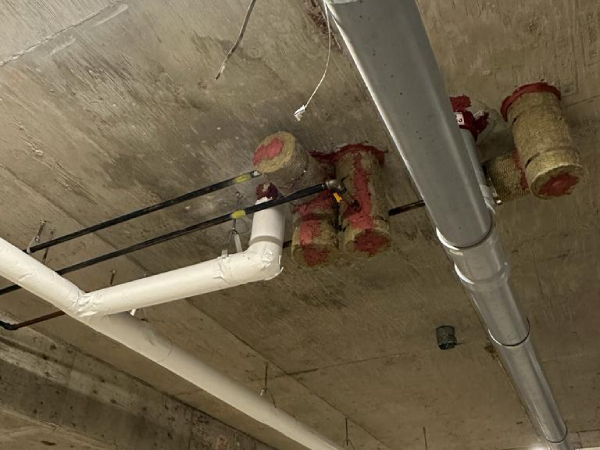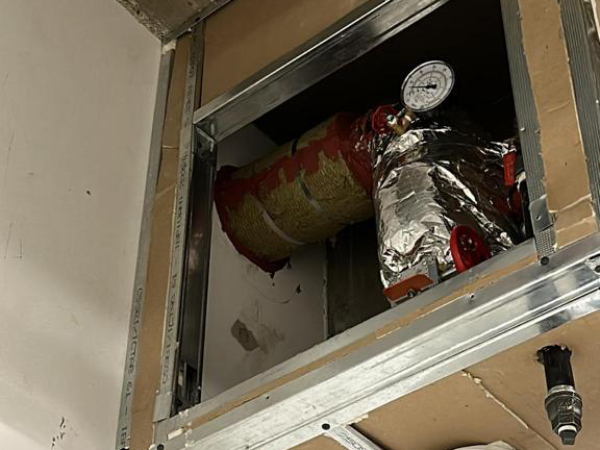
Fire Stopping
A Complete Guide to Fire stopping
In building safety, fire stopping is often disregarded but crucial. Specialized materials and methods are used to prevent fire, smoke, and gas from spreading through openings and gaps in fire-rated structures.
Fire stopping Knowledge:
Firestopping is a passive fire safety method that limits flame spread in buildings. It protects occupants and property by strengthening fire-rated barriers like walls, floors, and ceilings.
Fire stopping benefits:
Life Safety: Firestopping primarily improves life safety. Firestopping lengthens evacuation time by preventing fire and smoke from spreading. Large or multi-story buildings where rapid-fire propagation is dangerous require this.
Property Protection: Firestopping protects both your life and your property. By containing the fire in compartments, assets, and precious equipment are protected.
Compliance with construction standards: Firestopping underpins global construction standards and regulations. Complying with safety requirements gives building owners, occupants, and regulators peace of mind.
Smoke and Gas Containment: Firestopping prevents fire propagation and handles smoke and dangerous gases. For evacuation visibility and smoke inhalation prevention, this is essential.
Safeguarding Escape Pathways: Firestopping is crucial for safeguarding escape pathways. It keeps stairwells, corridors, and other paths free and usable during an emergency by sealing openings and penetrations, enabling a quick and orderly evacuation.

Easy Fire stopping:
First, choose fire-resistant materials: Fire stopping relies on material selection. Fireproof sealants, sprays, and mortars are used to seal pipes, conduits, wires, and other penetrations. Simple to apply, these materials provide durable protection.
Sealing Penetrations and Joints: Sealing such areas in fire-rated barriers is a crucial part of fire stopping. Use fire-resistant sealants or mortar. Construction and retrofitting projects can use a simple process.
Expert Installation: Maintenance people or building owners can perform various fire-stopping measures, but an expert installation is advised. Professionals can evaluate building needs and apply fire-stopping materials properly for maximum efficacy.
Integration into Construction Practices: Firestopping should be seamlessly integrated into construction methods from the beginning of design. This requires fire-stopping criteria in architectural plans, material selection, and installation coordination with other building processes.
Regular Maintenance and Inspection: Firestopping is straightforward to utilize for regular maintenance and inspections. To detect and repair fire-stopping material damage, building owners and managers should plan regular inspections. Fire safety methods are more reliable with this proactive approach.
When working with fire safety professionals, building owners can benefit from their expertise in assessing and implementing comprehensive fire prevention measures. These professionals may assess danger, offer advice, and recommend fire-stopping measures.
In developing safer and more resilient constructed environments, fire stopping is crucial. Beyond compliance with rules, fire stopping is essential to fire safety procedures that safeguard lives, property, and building occupants. From proper material selection to regular maintenance, fire-stopping procedures help build structures that prioritize safety and resistance against fire threats.
© 2023 H&S Insulation. All Rights Reserved Design by Stratwit Solutions Ltd.
